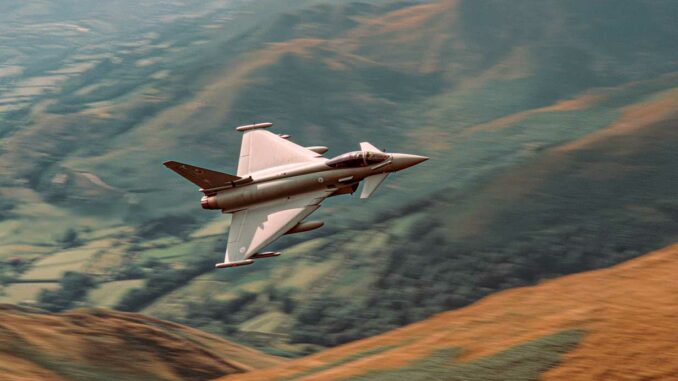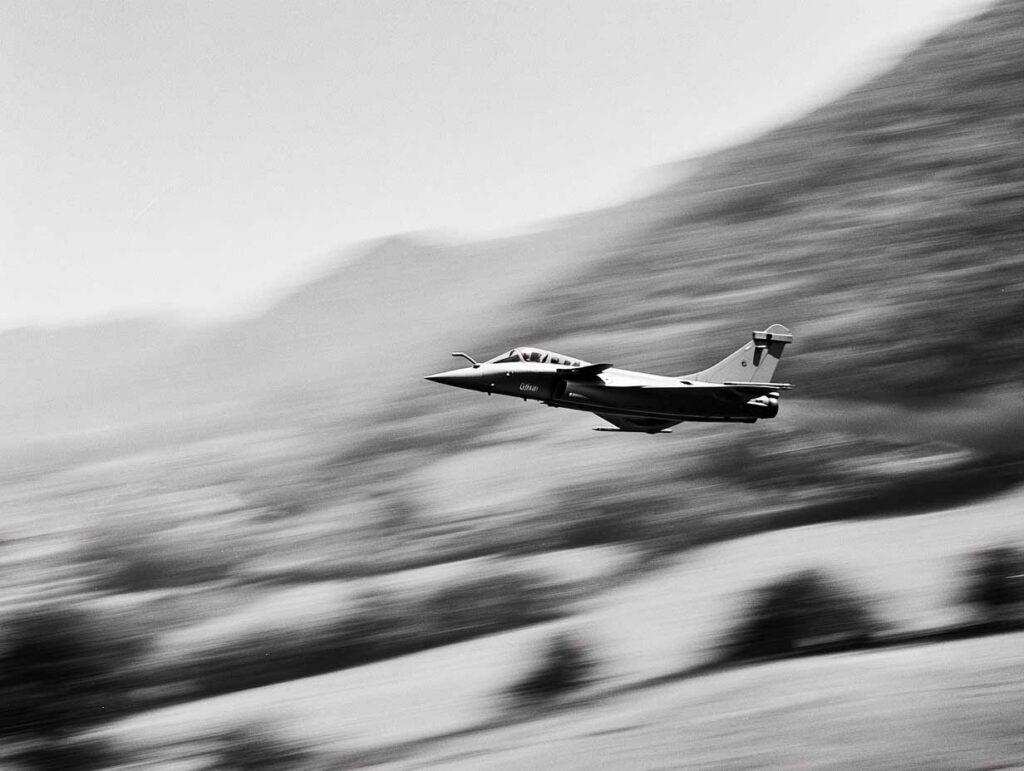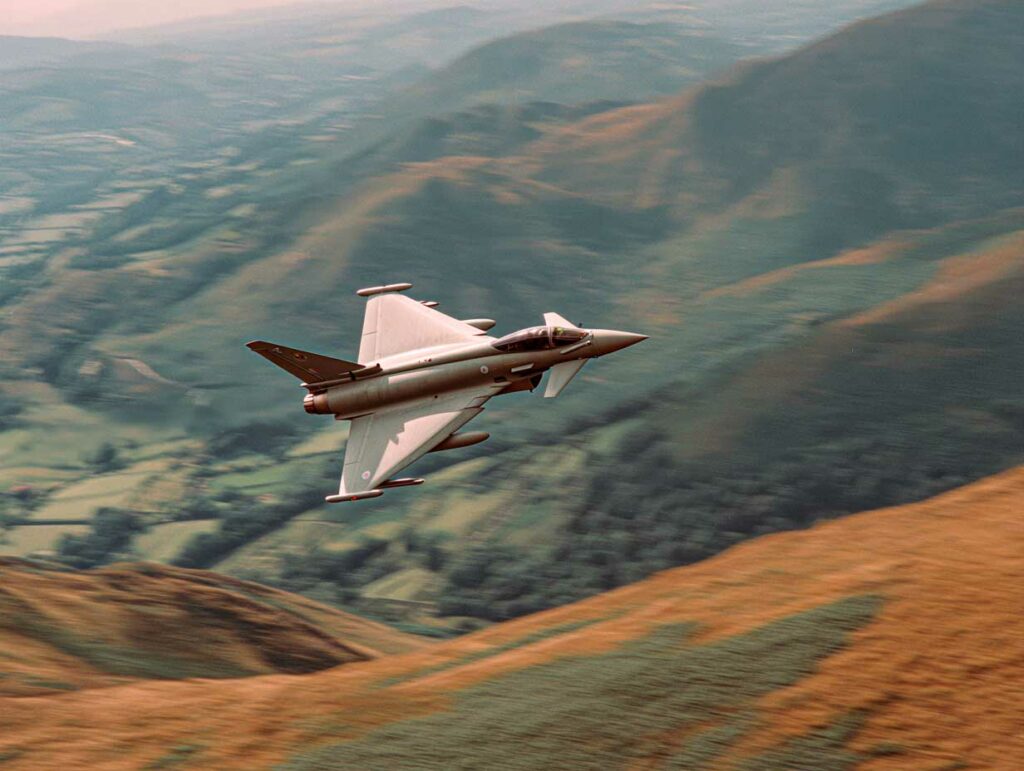
Switzerland is considering rejecting the US F-35 in favor of European fighter jets, weighing up strategic factors and additional costs.
Switzerland is rethinking its fighter jet procurement strategy. It is reportedly considering abandoning the US F-35, 36 of which were purchased in 2022, in favor of a European model. This reversal has come as a shock to the defense community. Initially offered at a fixed price of 6 billion Swiss francs, the F-35s are now subject to a possible additional cost of 1.5 billion, approved by Washington. The Swiss government disputes this increase, calling it a misunderstanding; a diplomatic resolution is underway. Pro-European voices believe that this reversal confirms the need to turn to a European fighter jet. The debate is also heating up in the industrial arena: Switzerland could negotiate better technology transfers with Dassault, Airbus, or Saab. At the same time, a popular uprising has shown 81% opposition to the purchase of the F-35, particularly in French-speaking Switzerland.

The budgetary and contractual issues
The order for 36 F-35As was announced in 2022 for a total of 6 billion Swiss francs, or approximately 5.06 billion euros. Today, the US is demanding up to an additional CHF 1.5 billion, justifying this increase on the grounds of inflation and rising raw material and energy costs. This scenario undermines the fixed price guarantees announced by Armasuisse and approved at the political level. Recent developments reveal that the contractual clauses do not protect Switzerland from unforeseen adjustments, contrary to what had been claimed.
This contractual ambiguity is fueling criticism. Several members of parliament are denouncing a breach of the initial commitments. For supporters of a European fighter jet, the financial argument is becoming central. Dassault and Airbus offer greater price stability, better control over the schedule, and the possibility of negotiating more concrete industrial benefits. The Gripen E, although rejected in 2021 for reasons of technical maturity, was accompanied by a clear partnership plan. In comparison, Lockheed Martin is reportedly offering only a 31% industrial offset, far from the 60% required.
The technological choice: Europe vs. the F-35
The F-35A Lightning II is a fifth-generation stealth fighter jet. It offers advanced capabilities: AESA radar, sensor fusion, electronic warfare, and precision air-to-air and air-to-ground weaponry. However, these capabilities are inextricably linked to a centralized digital ecosystem controlled from the United States. Updates, technical support, and logistics data depend on the US Joint Program Office and the ALIS/ODIN system.
In contrast, European manufacturers are offering robust alternatives. The Dassault Rafale is a multi-role aircraft in service with several air forces, equipped with MICA and Meteor missiles, upgradeable avionics, and a versatile payload. The Eurofighter Typhoon, deployed in several NATO armies, has an upgradeable and cooperative platform, particularly for air defense missions. Saab’s Gripen E, which is lighter and less expensive per flight hour, offers a good compromise for air policing and rapid response missions.
A European fighter jet would reduce technological dependence on the United States. It would offer better control of supply chains and greater autonomy over software updates. In terms of fighter jet flight, training, maintenance, and adaptation to the alpine environment would be more easily integrated with manufacturers on the continent.
The political and sovereignty aspect
The debate over the choice of fighter jet is also a debate over strategic independence. Switzerland’s neutrality imposes restrictions on the use of combat aircraft whose software, communications, and operational support are under foreign control. Even if Washington guarantees autonomous use of the F-35A, doubts remain.
A poll conducted in June 2025 shows that 66% of Swiss citizens oppose the continuation of the F-35 program. In French-speaking Switzerland, this figure rises to 87%. The mistrust of Lockheed Martin is due to the cost, but also to the lack of a clear commitment on industrial transfers. In addition, the use of classified US technology imposes restrictive conditions on Switzerland in the event of secondary export or use in a coalition.
A European aircraft would promote an integrated approach to sovereignty. It would allow Switzerland to align itself more closely with its immediate neighbors while retaining decision-making power over the rules of engagement. In a context where strategic autonomy is increasingly valued, the American solution seems less and less compatible with Swiss military doctrine.

Outlook and scenarios
Three scenarios are being considered by the federal administration:
- Maintain the F-35 contract, demanding a firm renegotiation of the price and increased industrial commitments. This would involve securing a clearer legal framework and limiting exposure to future cost overruns.
- Terminate the contract by invoking the revision clause for substantial change. This option would result in penalties, but would allow a new consultation to be launched for a European fighter jet with more favorable terms.
- Consider a mixed solution, combining a few F-35s for high-value penetration missions and a larger fleet of Rafale or Eurofighter jets for conventional missions and territorial coverage.
Time is not on Bern’s side. The F/A-18 Hornets currently in service must be withdrawn between 2030 and 2032. Any delay or disruption to the program would weaken Switzerland’s air surveillance capabilities. At this stage, any decision must take into account production deadlines, training capabilities, and the integration of national defense systems.
The Swiss debate on the choice of future fighter jet goes beyond a simple technical comparison. It involves military doctrine, industrial policy, national sovereignty, and the country’s budgetary credibility. At a time when major powers are strengthening their strategic autonomy, Switzerland must clarify its position: opt for costly transatlantic dependence, or focus on a more balanced and controllable European integration.
War Wings Daily is an independant magazine.